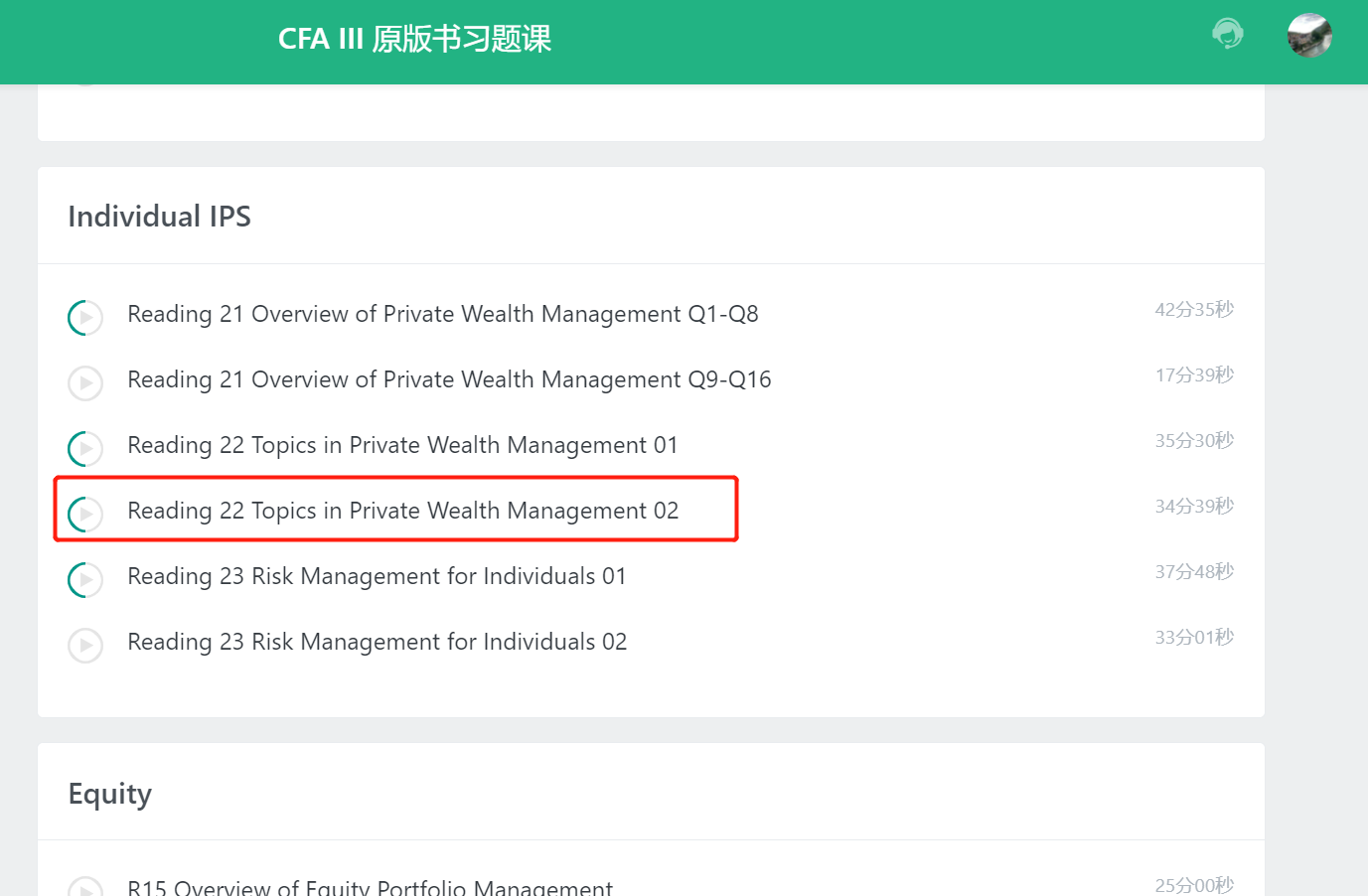NO.PZ2021090803000002
问题如下:
Private wealth manager Udaga Wacho is discussing a decumulation strategy with client Dogenza Ka. The strategy involves two of Ka’s accounts, a taxable account and a tax-exempt account, and will allow Ka to withdraw $200,000 each year. Both accounts have a current balance of $1 million.
Ka asks Wacho if he should withdraw funds from the taxable account first until it is depleted prior to withdrawing from the tax-exempt account, or vice versa. Wacho reviews the accounts to make a recommendation; he assumes a fixed, pre-tax rate of return of 10% for both accounts and that earnings in the taxable account are taxed at a fixed effective rate of 25%. Wacho recommends that Ka withdraw funds from the taxable account first until it is depleted prior to withdrawing from the tax-exempt account.
Discuss why Wacho’s recommended decumulation strategy is the more tax-efficient strategy.
选项:
解释:
Wacho’s recommendation to withdraw funds from the taxable account first until it is depleted prior to withdrawing from the tax-exempt account is the more tax-efficient decumulation strategy. The tax-exempt account will compound at a higher rate (the pre-tax rate of 10%) than the taxable account (with an after-tax rate of 10% × (1 − 0.25) = 7.5%). With a fixed tax rate, it is optimal to make withdrawals from the taxable account first and allow the tax-exempt account to continue to compound. The two tables below demonstrate this outcome over the first 10 years: At the end of 10 years, the ending balance is larger under the tax-aware strategy ($1,800,752) than under the tax-indifferent strategy ($1,480,097).
没有看懂 可以详细解释一下吗




